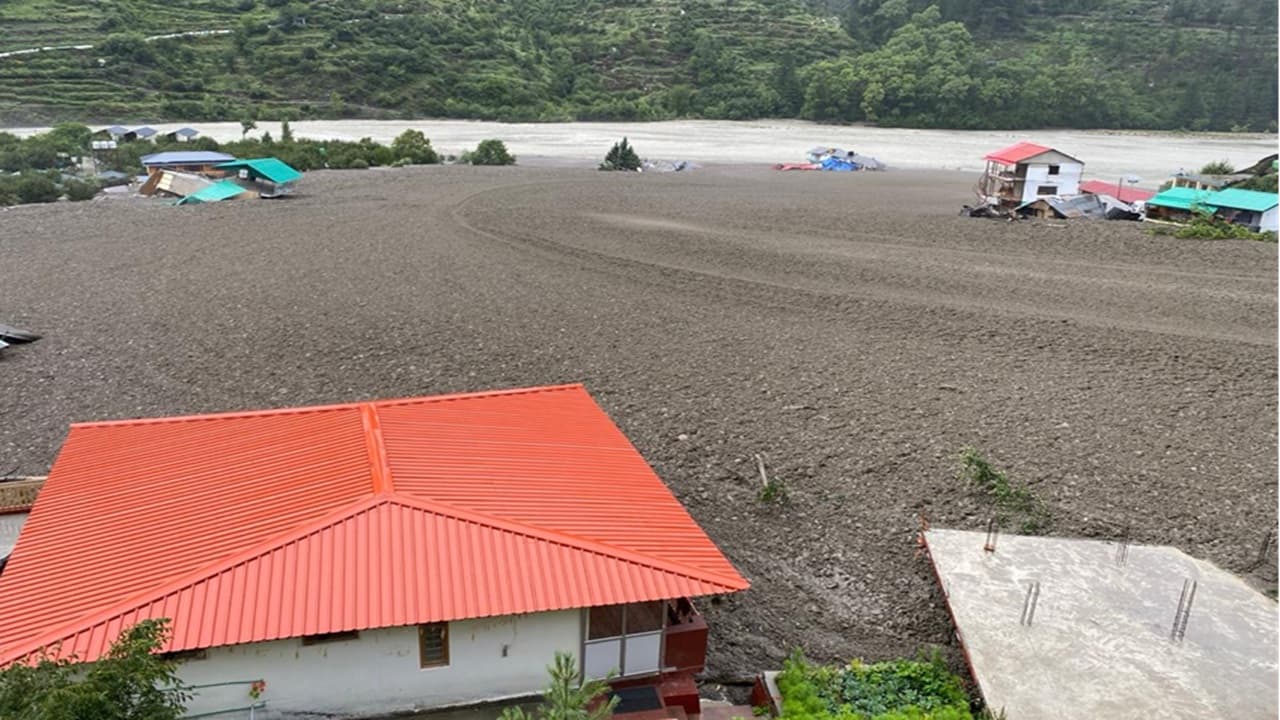Cloudburst explained: Dharali village of Uttarkashi caused severe floods due to cloudburst at 1:45 am, at least 4 killed, 50 missing. Cloud bursting is the cause of severe disaster in the Himalayan regions, causing widespread destruction in minutes.
Cloudburst explained: Dharali village of Uttarkashi, Uttarakhand flooded due to cloudbursts at around 1:45 pm on Tuesday afternoon. Due to this, at least four people died and more than 50 are missing. With this incident, the Himalayas have once again shown their wrath and the delicate truth of life on their slopes.
What is cloud bursting?
Cloud bursting is not just heavy rain. This situation suddenly receives very strong rain. In a small area, millions of liters of water rains in minutes. According to the Indian Meteorological Department (IMD), cloud bursting is more than 20 mm of rainfall in an hour in a radius of 20–30 square kilometers. It usually occurs in mountainous or mountainous regions.
Why is cloud bursting dangerous?
In a very short time, a lot of water falls on the ground in the occurrence of cloudburst. If this incident is in an area where it is already raining and there is a slope, then the matter becomes serious. In the sloping area in the mountainous region, the rain becomes loose due to rain. In such a situation, when a lot of water suddenly falls due to cloudburst, she could not handle it. The soil flows with water, causing landslides. Small streams start flowing like rivers. Rivers flow like an avalanche of water, mud and stones. The result is frightening. It sheds homes, roads and bridges in its grip. There is a risk of heavy damage from this.
Why are there more incidents of cloudburst in the Himalayas?
To understand the Uttarkashi disaster, we have to understand the science behind cloudburst. First the hot and moist air (especially in the monsoon season) rises above the ground. As it rises up, it becomes cold and becomes a cloud. Geography plays a role in the mountainous regions. The air rising is encountered with a sharp slope. This makes the air rapidly upwards and soon becomes a cloud.
When clouds become much more heavier than water droplets and air currents (which are called updrafts) do not bear the weight, the water starts falling downwards. It receives too much rainfall in a few minutes. These incidents are largely unexpected. Unlike cyclones or large storms, a warning of cloudburst does not occur for several days. In the best position, satellite and Doppler radar can detect it shortly before cloudburst, but this does not always happen on time. This is the reason that every time the exact warning of cloudburst is not issued.
The Himalayas are the highest mountain in the world. The monsoon air is unable to cross it. Due to this, there is a high risk of cloudburst in hilly states like Uttarakhand and Himachal Pradesh during monsoon days.
